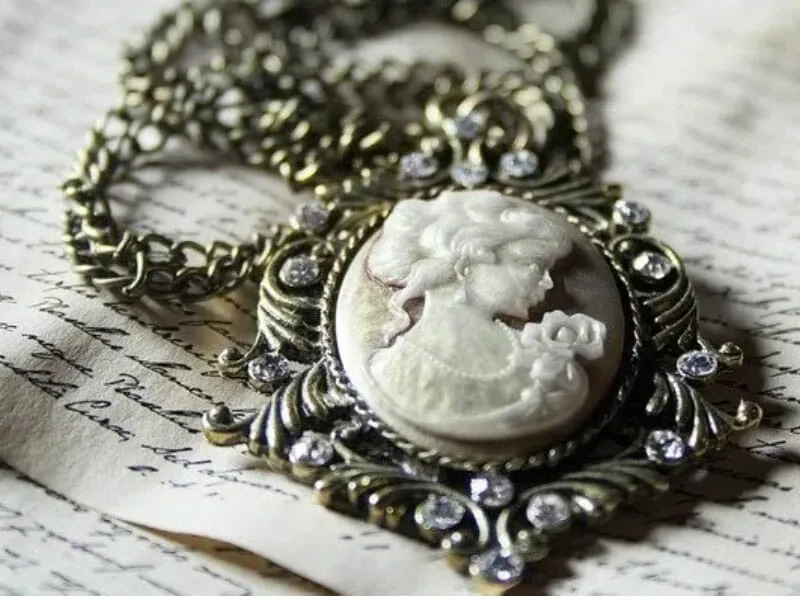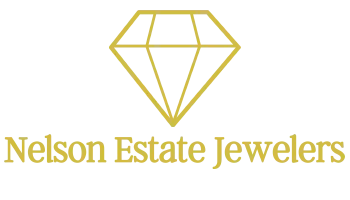
Estate Jewelry What Is: Understanding Vintage Rings and More
Nelson Estate Jewelers specializes in fine vintage, antique and estate pieces and engagement rings.
While they also offer more modern styles, full custom designs, and designer closeout pieces, they find that there are many clients who seek estate, vintage, or antique engagement rings, but oftentimes there are blurred lines on what that means to them exactly.
Older pieces of fine jewelry can be classified as “estate,” but depending on the period of creation, can also be considered vintage or antique. So, how do you know the difference?
This is a common question, and some may be surprised to find that these terms don’t necessarily mean the same thing.
If jewelry is not brand new, then it would be considered estate jewelry. However, just because a jewelry piece is called estate doesn’t mean that it is also vintage or antique.
The determining factor when it comes to antique or vintage depends on when the piece was made.
What is Estate Jewelry?
Any piece of jewelry that is used or pre-owned is classified as estate. This pertains to all second-hand jewelry pieces and not just true vintage or antique pieces.
For example, if a new item is purchased and resold within a few months, it then becomes an estate piece.
In most cases, rather than calling all used items “estate,” many dealers use this term as a description of a piece that was created within the last 30 years or so. When you hear this term, it is usually intended to describe older looking jewelry, which is why it’s important to ask the seller about the exact age or history of the item.
In most cases, rather than calling all used items “estate,” many dealers use this term as a description of a piece that was created within the last 30 years or so. When you hear this term, it is usually intended to describe older looking jewelry, which is why it’s important to ask the seller about the exact age or history of the item.
In most cases, rather than calling all used items “estate,” many dealers use this term as a description of a piece that was created within the last 30 years or so. When you hear this term, it is usually intended to describe older looking jewelry, which is why it’s important to ask the seller about the exact age or history of the item.
In most cases, rather than calling all used items “estate,” many dealers use this term as a description of a piece that was created within the last 30 years or so. When you hear this term, it is usually intended to describe older looking jewelry, which is why it’s important to ask the seller about the exact age or history of the item.
In other cases, “estate” can be an indication of reproduction. If a dealer mentions that a piece is an estate piece without any mention of the age, then it could actually be much newer than it looks.
What is Vintage Jewelry?
To classify a jewelry piece as “vintage” it must be at least 20 to 30 years old. Anything built during the 1990’s or before can be called vintage, and this is one of the most common terms you may hear as it blankets periods of when jewelry was in mass production.
A good example would be your grandmother’s wedding ring from the 1940’s. This would be considered a vintage jewelry piece.
While you could consider a piece from the 1800’s to be vintage, something like this would most likely be called antique by dealers who want to showcase the age of such a piece.
What is Antique Jewelry?
To call a piece “antique” it would have to have been created at least 100 years ago (or more). Currently, 1920’s pieces are considered antique, especially if it was made in the earlier part of the decade.
If you hear a dealer call an item “antique” then you know that this piece is a truly dated and most likely reconditioned piece.
Vintage or Antique “Style”
If you hear the term “vintage style” or “antique style,” then just be aware that this most likely means a reproduction of an earlier period. A vintage or antique “style” piece may look much older but may in fact be a copy.
This isn’t necessarily a negative thing if it’s just the “look” you’re interested in. In fact, it’s not uncommon to custom design an engagement ring that looks like it’s right out of the roaring 20’s to capture the feel of that era while maintaining full control of design itself.
However, if your desire is something that is truly vintage or antique then you will want to make sure you’re working with a reputable dealer that specializes in pieces from earlier periods.
Still Not Sure How to Classify Your Own Jewelry?
When getting an appraisal on estate jewelry, era or period is an important factor. Contact a trusted expert for help determining what type of estate jewelry you have. Styles and trends tend to go through cycles and repeat, so dating them correctly takes a lot of knowledge and education.
Nelson Estate Jewelers can evaluate your pieces and help give you a better understanding of what you have.
Not only that, they offer a wide selection of estate, true vintage, and antique pieces, or they can help you custom design your vintage style or antique style masterpiece!




